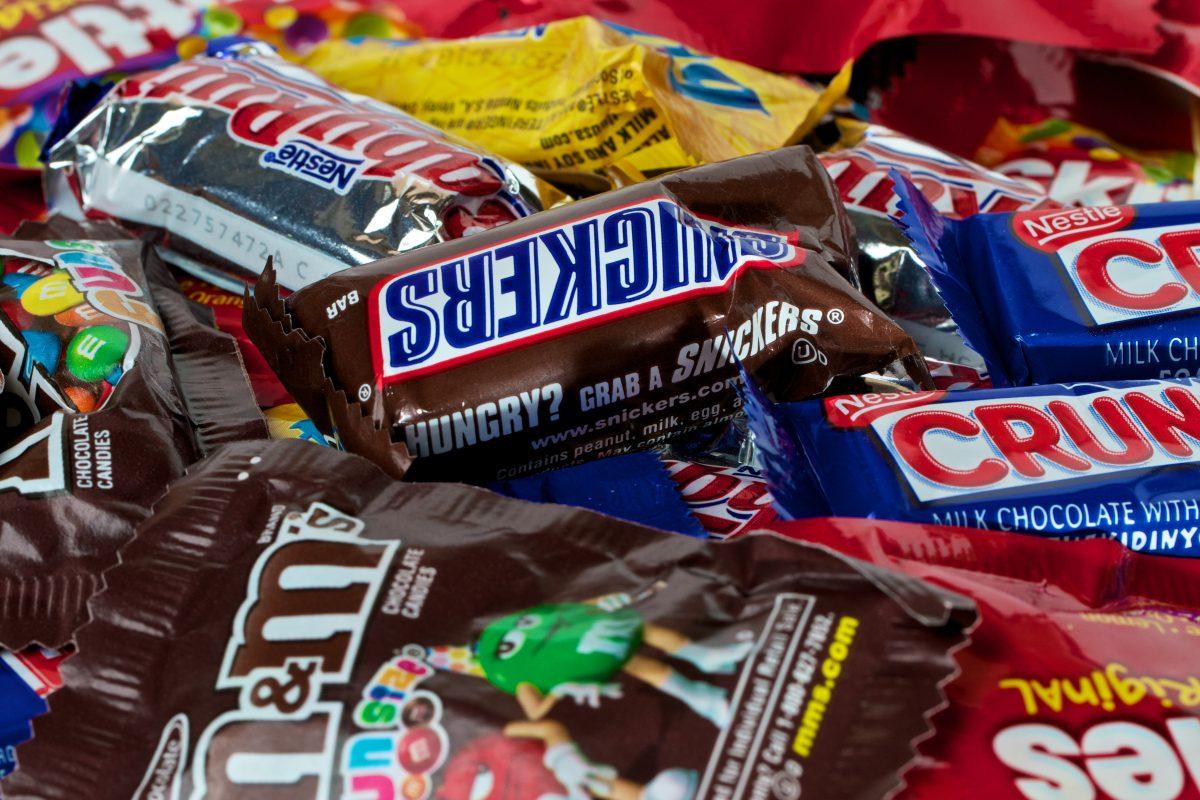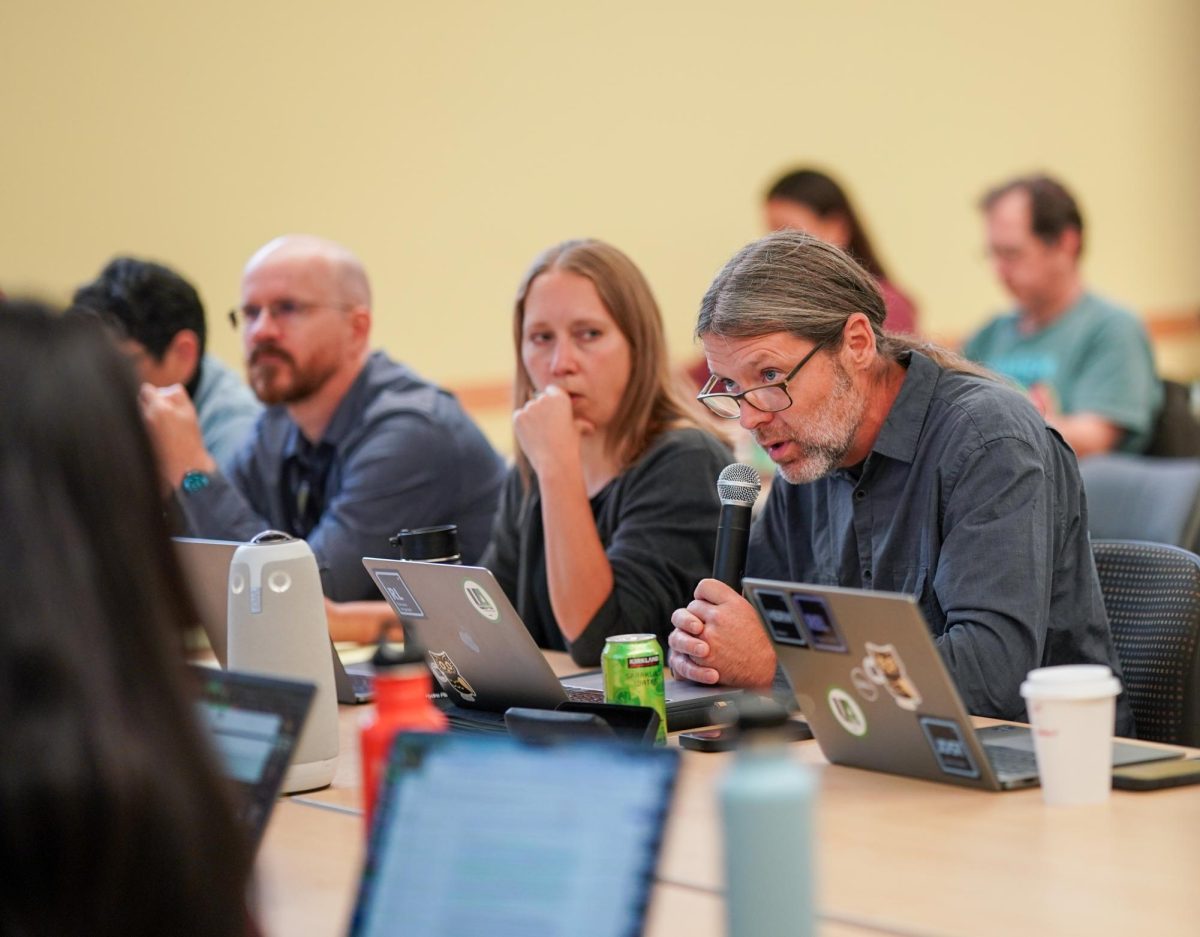Halloween is just around the corner and the many bags of candy, pumpkins, fall-flavored foods, spooky decorations and single-use costumes are beginning to fill the shelves at every local grocery store across Eugene. However, those small purchases of single-use items beg a very serious question: Does Halloween have harmful impacts on the environment and produce excessive waste?
According to Lane County Waste Reduction Specialist Sarah Grimm, that isn’t exactly the case. The October-through-December months were actually listed as one of the lowest producers of waste for Lane County, with July through September being the highest.
“Summer — with all the college move-outs and home improvement projects — has always far outstripped the winter months when it comes to waste to landfill,” Grimm said.
October through December had a total of about 59,000 tons of waste, while July through September had 67,000. Grimm attributes this to the many move-outs that take place through the summer months.
“I’ve been doing recycling education since the mid ‘90s and yep, it was a common announcement that during the holidays we waste so much more,” Grimm said. “But for the decade I’ve been here at Lane County and had access to the database of tons of material sent to the landfill here, I have periodically run the numbers to get local statistics to give this message some added oomph. But alas, the data never supported the claim.”
Grimm said that the larger environmental impacts actually happen before people purchase the products. “The mining, manufacturing and transporting of all the stuff that ends up in the waste is the problem,” she said. “Getting people to make less waste because of the landfill has not, in 30 years, gotten people to reduce what the buy and use — which is the far greater problem.”
October is the start of the academic year and many students look forward to meeting with friends and celebrating fall.
“I am excited about seeing the trees change color, because I didn’t have that growing up,” said Grace Liu, a sophomore at UO. “I’m excited to see some of the pumpkin patches in Eugene, too.”
On the national level, the National Retail Federation expects shoppers to spend a total of $8.8 billion on the holiday, just slightly lower than last year’s $9 billion. According to the EPA, food made up 22% and plastics made up 18.9% of landfills in the U.S. in 2015.
Rather than continual spending on single use items, the Ocean Conservancy listed some ways to reduce purchasing and reusing products that would otherwise end up in landfills. Thrifting or making costumes, picking up trash on the roads and composting pumpkins, according to the site, are a few ways to keep Halloween as low waste as possible.






